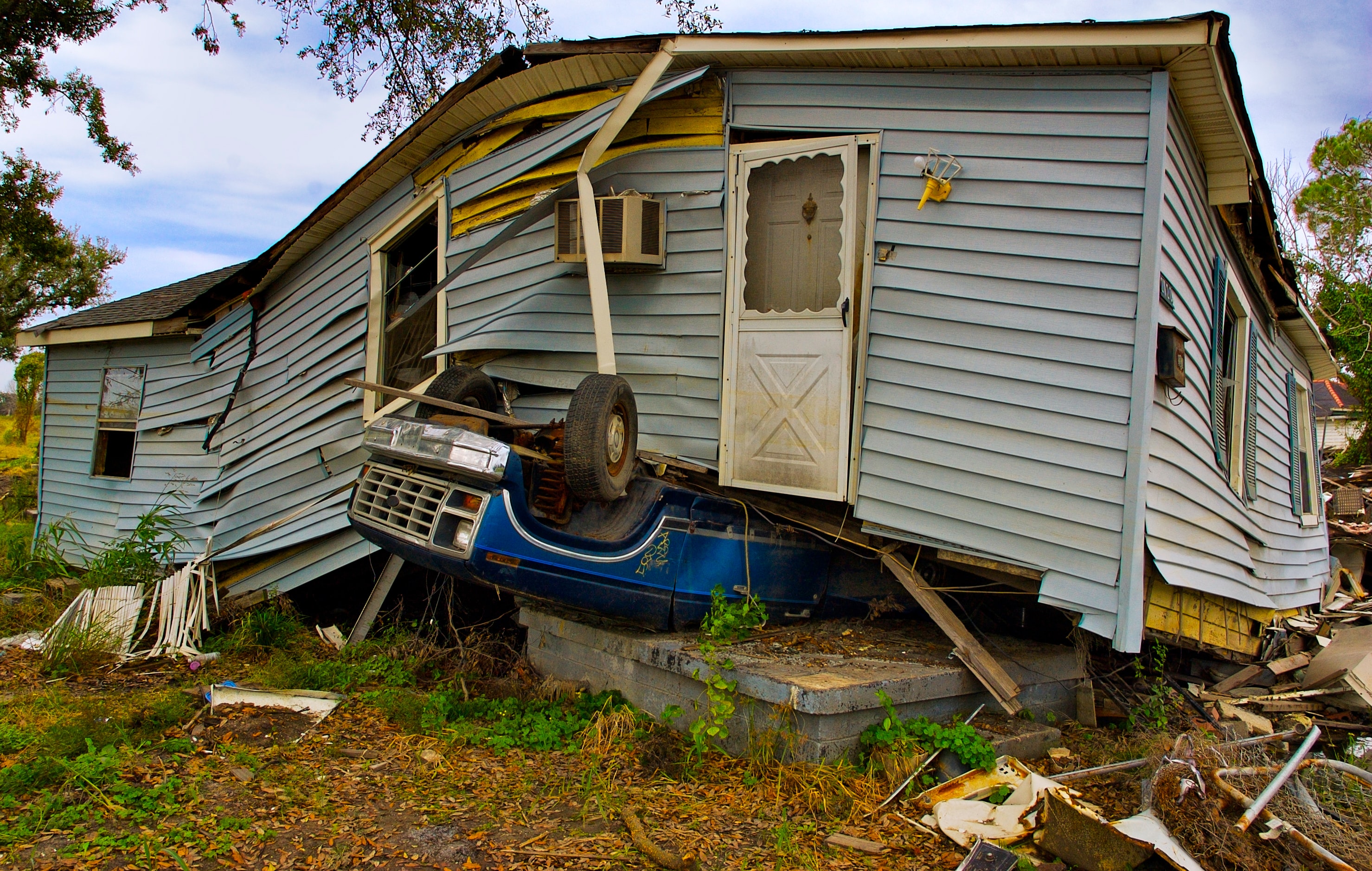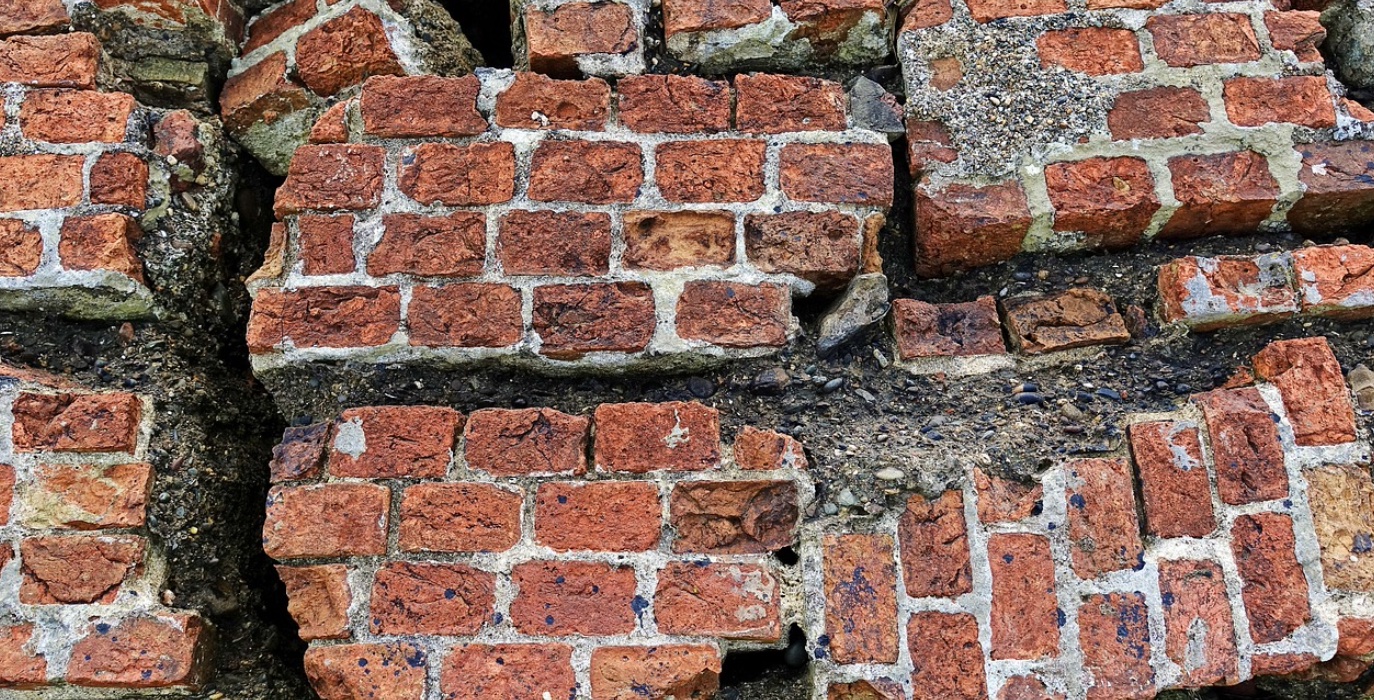Filing a disaster claim in Florida is a crucial step in recovering from the aftermath of a natural disaster.
Florida is no stranger to natural disasters, from hurricanes and tropical storms to floods and wildfires. These catastrophic events can cause significant damage to homes and properties, leaving residents in need of financial assistance to recover and rebuild. Filing a disaster claim in Florida is a crucial step in accessing the necessary funds to restore your property and get your life back on track. This article will provide you with valuable information on how to navigate the process of filing a disaster claim in Florida, ensuring that you are well-prepared and aware of the essential steps to take.
I. Understanding Disaster Claims in Florida:
A. What is a disaster claim?
When a natural disaster strikes and causes damage to your property, a disaster claim is a formal request for financial assistance to help cover the costs of repairs or rebuilding. These claims are typically made to insurance companies, the Federal Emergency Management Agency (FEMA), or other relevant organizations.
B. Types of disasters covered:
In Florida, common disasters that may qualify for a disaster claim include hurricanes, tropical storms, floods, wildfires, and other severe weather events. It is essential to review your insurance policy to understand the specific coverage you have for these types of disasters.
II. Steps to Filing a Disaster Claim:
Assessing the Damage and Documenting Losses
A. Safety first:
Before assessing the damage, ensure your safety and the safety of your loved ones. If necessary, contact emergency services and follow their instructions.
B. Document the damage:
Take photographs or videos of the damage to your property, both inside and outside. This visual evidence will be crucial when filing your claim and can help provide an accurate assessment of the losses you have incurred.
C. Make a list of damaged items:
Create an inventory of all damaged or destroyed items. Include details such as the item’s description, approximate age, purchase price, and any other relevant information. This inventory will assist in the claims process and can help you receive proper compensation for your losses.
Notifying Your Insurance Company
A. Contact your insurance company:
As soon as it is safe to do so, contact your insurance company to report the damage and initiate the claims process. Be prepared to provide them with all relevant information, including policy details, the extent of the damage, and the documentation you have collected.
B. Understand your policy:
Review your insurance policy to understand the coverage and limitations related to natural disasters. Familiarize yourself with the deductibles, exclusions, and other key details that may impact your claim. If you have any questions or concerns, don’t hesitate to reach out to your insurance agent for clarification.
C. Follow the insurer’s instructions:
Your insurance company will guide you through the claims process. They may send an adjuster to assess the damage, request additional documentation, or ask for estimates from contractors. Cooperate fully with their requests and provide any necessary information promptly.
III. Supplementing with Federal Assistance:
Applying for Federal Aid through FEMA

A. Determine eligibility:
After filing a claim with your insurance company, you may find that your policy does not cover all the damages or that you do not have adequate insurance coverage. In such cases, you may be eligible for federal assistance through FEMA.
B. Register with FEMA:
Visit the FEMA website or call their toll-free helpline to register for assistance. Be prepared to provide personal information, details about your property, and an overview of the damages you have suffered.
C. Document your expenses:
Keep track of all expenses related to the disaster, including temporary housing costs, repairs, and replacement items. This documentation will be necessary when applying for federal aid.
Working with FEMA and Other Agencies
A. Attend inspections and meetings:
FEMA may schedule inspections to assess the damage to your property. Make sure to attend these inspections and provide any requested documentation promptly. Additionally, attend any meetings or workshops organized by FEMA or other relevant agencies to learn about available assistance programs.
B. Follow up on your application:
Stay in contact with FEMA to inquire about the status of your application and any additional documentation they may require. Be patient, as the process may take time, especially during times of high demand.
C. Explore other resources:
In addition to FEMA, various organizations and charities may offer disaster assistance programs. Research and explore these resources to maximize the aid available to you.
Filing a disaster claim in Florida is a crucial step in recovering from the aftermath of a natural disaster. By understanding the process and following the necessary steps, you can increase your chances of receiving the financial assistance you need to restore your property and rebuild your life. Remember to document the damage, notify your insurance company, and explore federal assistance options through FEMA if necessary, says a disaster recovery lawyer from GED Lawyers. Stay proactive and be persistent throughout the claims process, and remember that help is available to support you in your recovery journey.


Join the conversation!